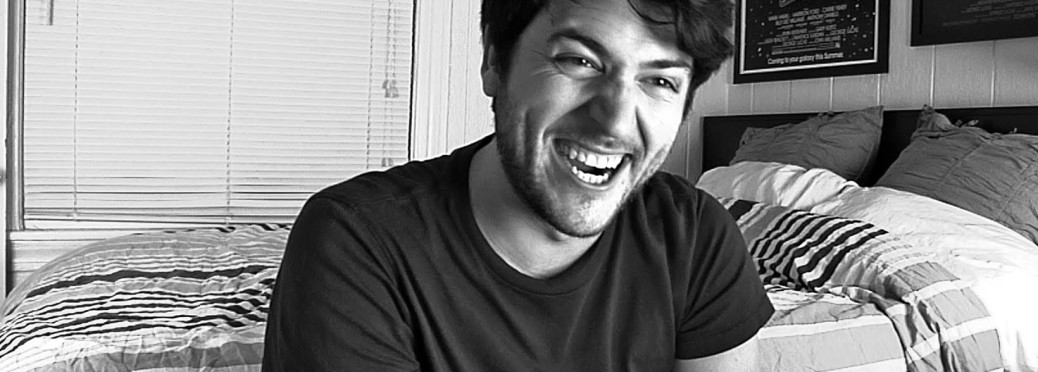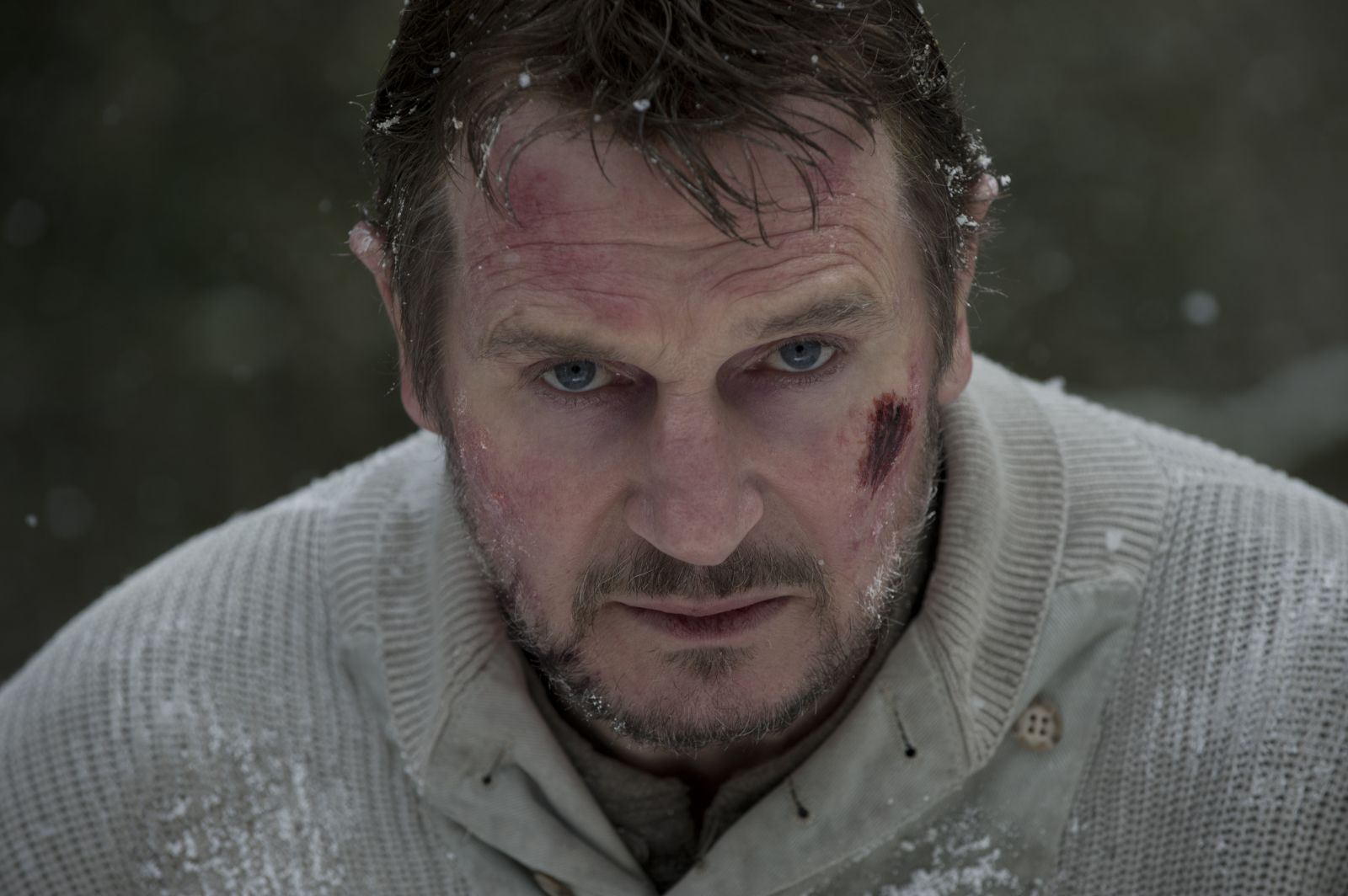We are the generation accustomed to instant access to knowledge of any and all kinds—and access to stories in all shapes and forms. YouTuber Olan Rogers represents this melding of traditional storytelling and the digital generation with his video, “Midnight Claw.” His jump-cut editing style and direct address to the audience reflect society’s need for fast information consumption and demonstrates how the traditional narrative is being adapted to new media.
Even though it’s obvious, I’m going to state it—we live in the most technologically and socially connected society ever. WiFi is our blood, and our phones are our brains. It’s an unavoidable, morally neutral fact that our modern society would collapse without technological tethers. As such, we are also the generation accustomed to instant access to knowledge of any and all kinds—and access to stories in all shapes and forms.
YouTube is the home of cat videos and fail compilations, but it is also fast becoming the number one platform for comedians and filmmakers to share their stories. YouTuber Olan Rogers represents this melding of traditional storytelling and the digital generation with his video, “Midnight Claw.” His jump-cut editing style and direct address to the audience reflect society’s need for fast information consumption and demonstrates how the traditional narrative is being adapted to new media.
Olan’s storytelling style is wonderfully free and tangential, but always comes back to support the story at hand. Despite the new-media delivery of his story, his narrative structure is almost textbook. The hook, the exposition, the obstacles, the payoffs, the climax, and the resolution are inherited from the traditional three-act structure. His rant about “kid-adult-slouch-slop socks” and the reminiscing about toy light sabers and spiders, seemingly tangential at the time, end up playing key roles in the climax of fending off the bat. They also serve as emotional payoffs as he fosters a nostalgic connection with the audience through the anecdotes of floppy socks, Gameboys, and fear of nature’s creepy-crawlies; then, he uses those emotions to add to the cathartic release of the climax.
However, the new media aspects of this traditionally structured story are inseparable from the narrative. First and foremost is the editing. The jump-cut style editing of the video reflects the digitally cultured audience’s need for instant information. Pauses between words, phrases, and events that would naturally occur if the story were being told in person are cut out to create a fast paced, information-dense package. As Olan comes closer to the climax, the rate of the editing increases—both to increase anticipation and to satisfy the modern audience(who would rather get to the punch and laughs than hear a sentence finished). His comedy also relies just as much on these hard cuts as it does on his jokes, such is the case with the scream when the bat comes too close.
The immediacy of new media also plays an important role in how the narrative is told. In a theater, you have a one-way relationship with what’s on screen, and there is little lateral interaction between you and the fellow audience members until the film is over. But on YouTube, viewers can not only immediately respond to a video and have live interactions with other viewers, but the filmmaker can also immediately respond in kind. He also has the advantages of a live comedian in his freedom to address his audience and play off their assumptions—“I know what you’re thinking right now . . . ” and while the audience is expecting a duct tape explanation, he continues: “. . . long johns?! In the summer?! This guy must be mad!” The direct address of the audience affects how Olan tells his story, as he caters to his known audience of young adults by including common elements of every 20-something’s childhood.
By combining the benefits of live performance, the universality of social media, and the critical structure of traditional narratives, “Midnight Claw”reflects the technological attitude and attention-span needs of modern audiences. Technology has changed the way we create media, so in turn media has changed how we use technology to tell our stories.
by Amanda Barwick



